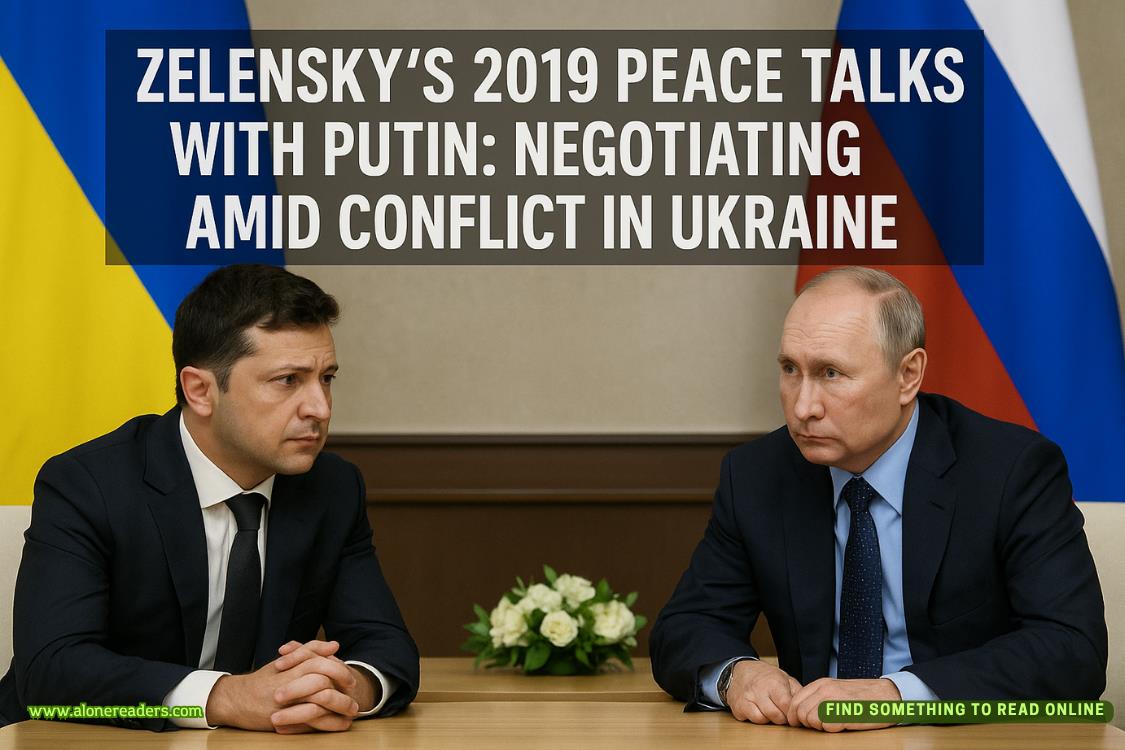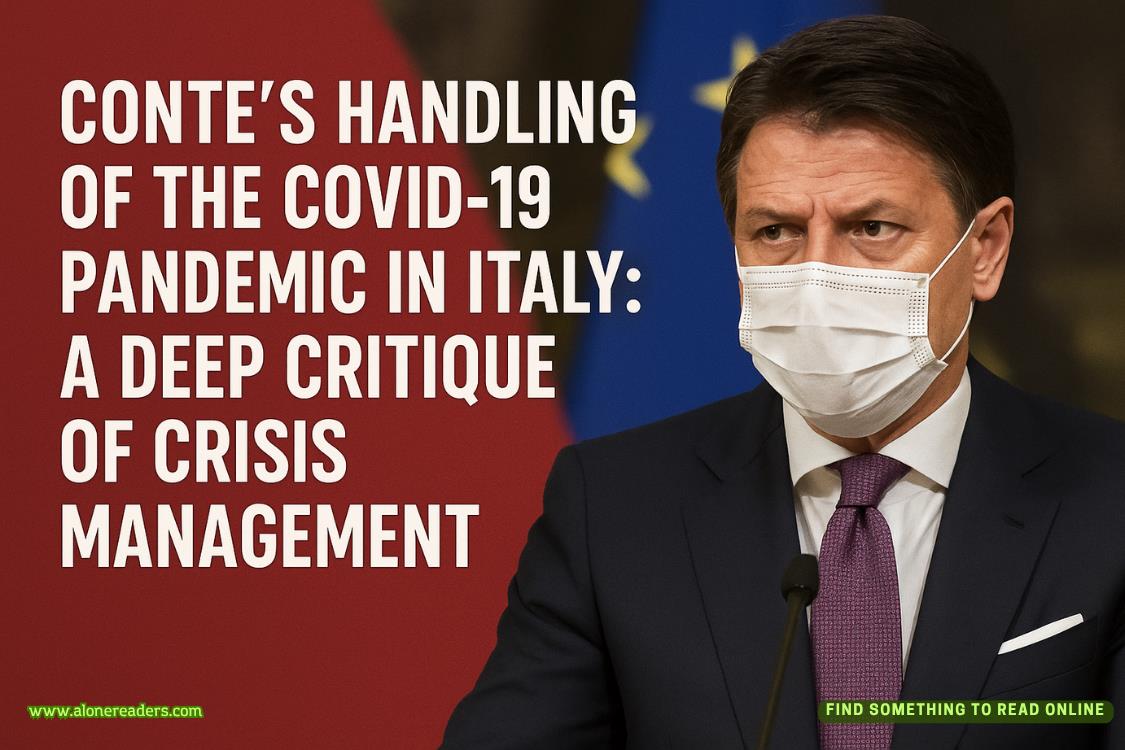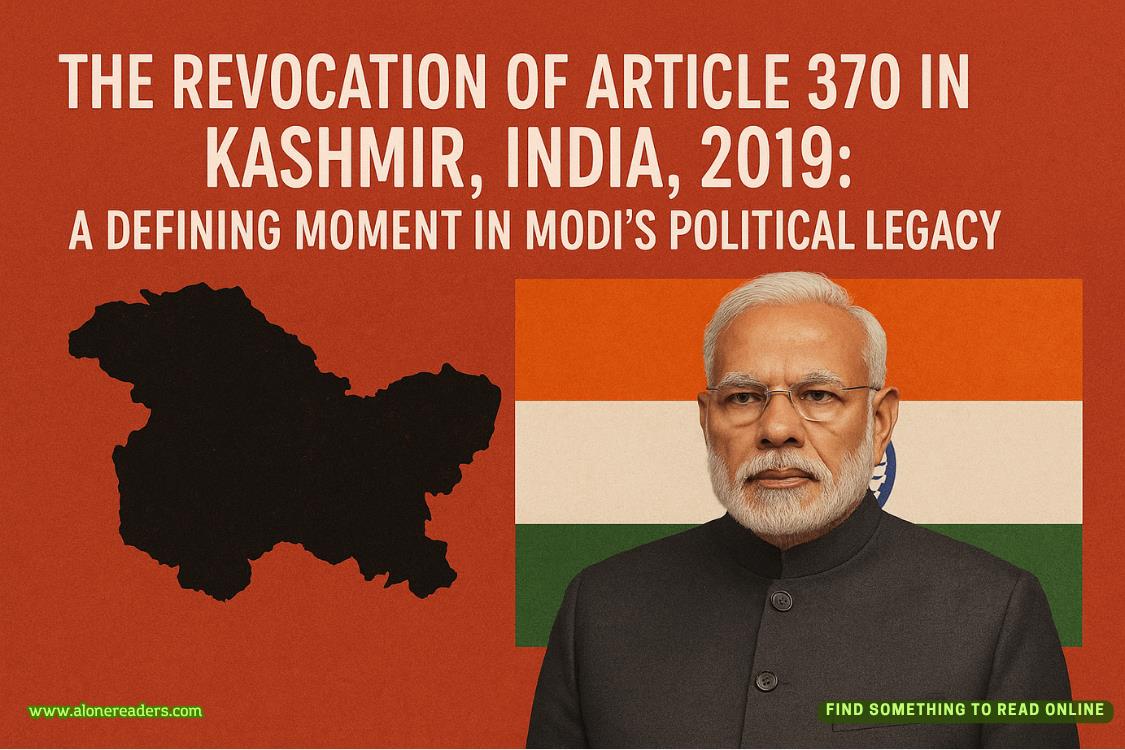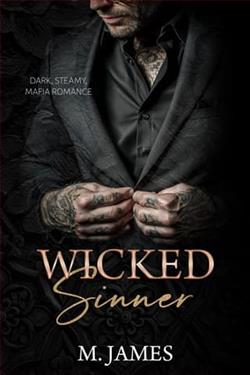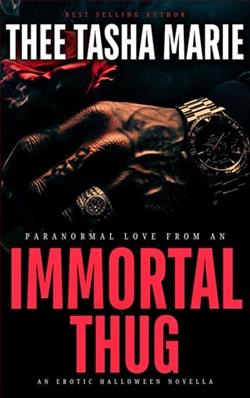Page 11 of Borrowed Pain
"Confirmed? Nine in three years. I suspect there are more. Much more." Rowan's jaw tightened. "The programs are careful. They target people who are already isolated by trauma, and who might not have strong support networks to ask questions when they disappear for treatment."
The calculating cruelty of his suggestion made my stomach clench. I thought about Iris, how she'd withdrawn from friends after the shooting, and how she'd been rebuilding those connections through therapy when someone convinced her to try Riverside instead.
"They're predators," I said.
"Yes. Sophisticated ones. Well-funded, well-connected, and operating behind legitimate medical licenses and therapeutic credentials."
We drifted east, into the old auto-row blocks on Melrose—brick facades with tall showroom windows now converted into lofts and studios. "Used to be car dealerships," Rowan said. "Good sight lines, multiple exits, thick walls that don't carry sound. Perfect for people who need privacy for questionable reasons."
He glanced at me. "Or former federal agents who've made too many enemies. Being careful only gets you so far when trying to expose people with resources. Which is why I need someone like you."
"Someone like me?"
"Someone on the inside. Someone who understands how therapy actually works, who can spot the differences between genuine treatment and whatever they're doing to these people." He stopped walking, turning to face me fully. "Someone who cares enough about his clients to lose sleep over them."
The directness of his gaze made something flutter low in my chest. Standing this close, I saw the faint lines around his eyes and how his dark hair curled slightly at the temples. He had a way of listening that made you feel like you were the only person in the world worth hearing.
"Here." He gestured toward a converted warehouse, its brick facade softened by large windows and a discreet number painted beside the entrance. "Home sweet home."
It was a solid and substantial building, built to last rather than impress. Rowan pulled out a key card and swiped it against a reader beside the door, which clicked open with a soft electronic hum.
"After you," he said, holding the door.
I stepped into a utilitarian lobby—polished concrete floors, exposed ductwork painted black, and a single elevator with brushed steel doors. It was the kind of space I'd expected from hearing Rowan's voice: functional, unadorned, designed for purpose rather than comfort.
"Third floor," he said, pressing the elevator button.
As we rose, I tried to prepare myself for whatever I was about to see. Files, he'd said. Evidence. Photos. Three years of investigation into something that had killed at least nine people, including Iris.
The elevator opened onto a hallway lined with numbered doors. Rowan led me to the end, to a door marked 3F. Another key card swipe and another electronic lock disengaging.
"Welcome," he said, pushing the door open, "to the nerve center."
I stepped inside and bit my lip.
It was like a cross between a radio station and a war room. The scent hit me first—coffee grounds and the staleness of a space where someone works eighteen-hour days. It wasn't a home that happened to have a workspace. It was a command center that happened to have a bed in the corner.
Exposed brick walls climbed toward a ceiling crossed with steel beams. Evidence covered one wall—photographs, timelines, maps connected by red string that created a web of connections spanning multiple states. Monitors glowed from a desk setup that would make any tech enthusiast jealous, and filing cabinets lined another wall like sentries guarding secrets.
It was the faces that stopped me cold. Nine of them, pinned to boards, staring out from a gallery of the dead and missing. Young and old, men and women, all with the particular haunted quality that marked trauma survivors.
It wasn't only what I saw; it was how Rowan arranged them. He positioned each photo at eye level, the right height to converse with them. Small details beneath each face: favorite foods, childhood pets, things that had nothing to do with how they'd died.
It wasn't evidence documentation. It was grief work.
I recognized the pattern because I'd done it myself after my father died—obsessively documenting details, needing to keep him alive through remembering.
Rowan wasn't only investigating the deaths. He was processing his own trauma by refusing to let the people become statistics.
"You carry them with you," I said, not quite a question.
"What?"
"How you've organized this—it's not forensic. It's therapeutic. You're doing grief counseling on yourself, one case at a time."
I looked at him, understanding shifting between us.
And there, in the center of it all, was Iris.





